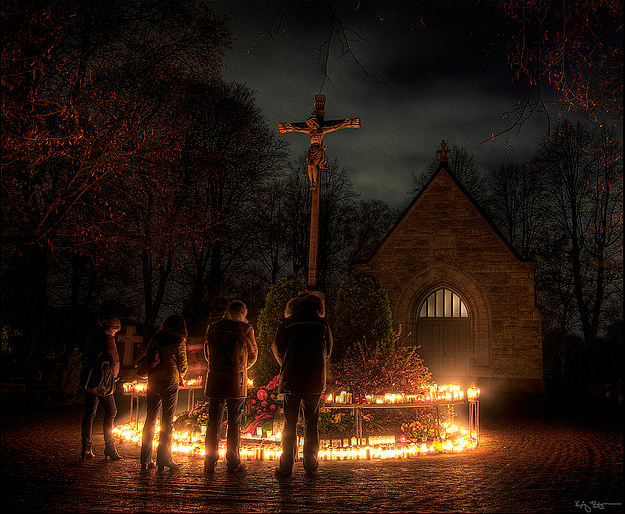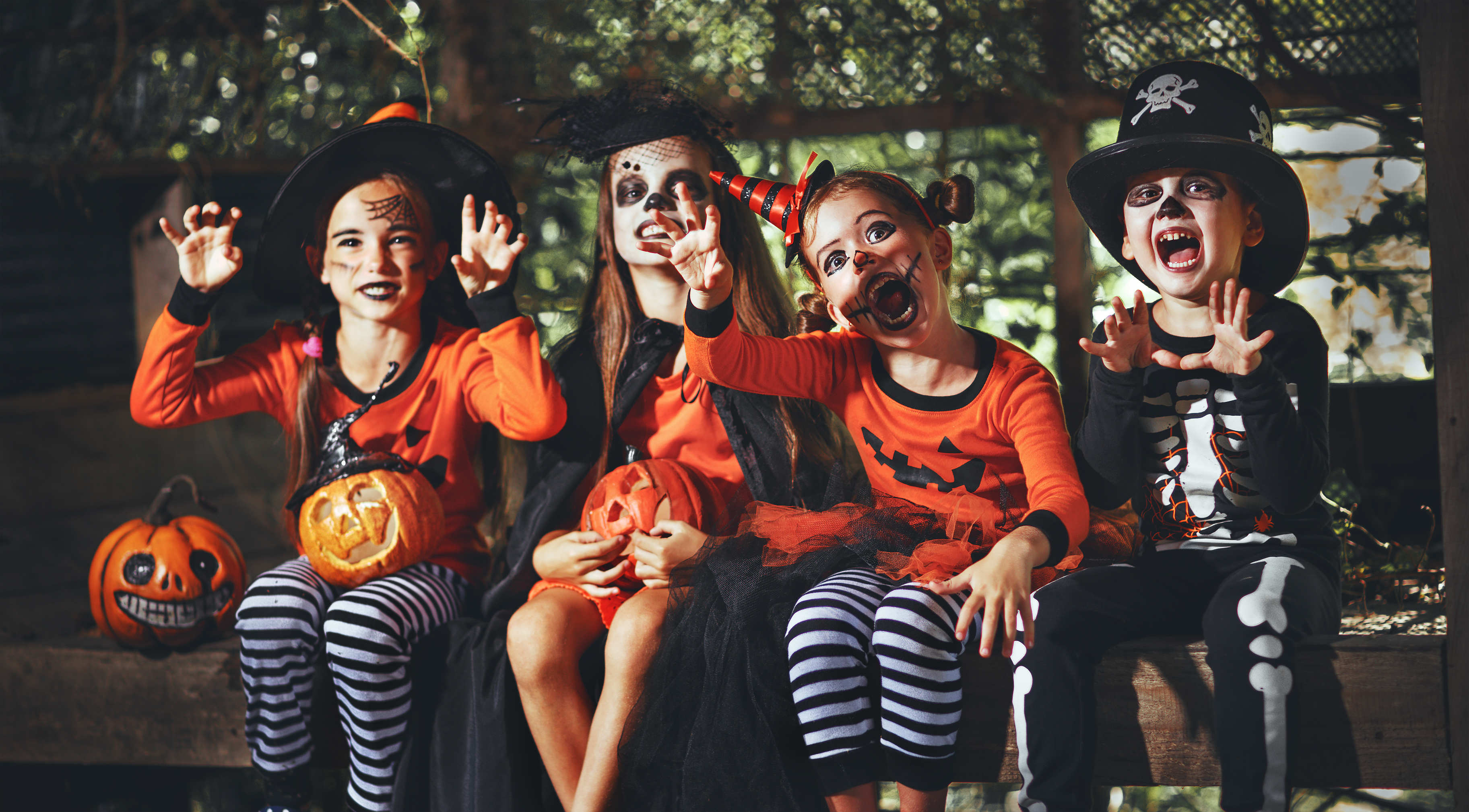Where to find grief support services in NSW
Find grief support in NSW to find solace on your healing journey and guidance on how to support someone...

Halloween began some 2000 years ago and is a celebration stitched together with cultural, religious and Celtic traditions. The vale between death and life is said to be at its thinnest upon this night (insert suspenseful music).
The word Halloween comes from the words: 'Hallow' meaning Holy person and 'een' meaning eve. It is believed that Halloween began with the ancient Celts and their holiday of Samhain which was a three day fire festival celebrating death and rebirth.

The Celts, who at the time lived in what we now know to be Ireland, Scotland and parts of Europe and the UK, based their Celtic calendar on a wheel which was divided into two halves representing light (summer) and dark (winter). October 31 marked the start of the transition into the new year which began on November 1st. The transition to the (dark) winter period was marked with a fire festival called Samhain, meaning Summer's end.
The Samhain festival paid homage to the souls of loved ones who had recently died and was an invitation, if you will, for their spirits to have one final visit to their homes before they journeyed to the otherworld.

The Celts offered food and drink to ensure the dead were happy as well as to ensure they had a happy harvest the following summer. Bonfires were lit on hilltops to scare away evil spirits, and masks and costumes were worn as a disguise to avoid being seen by any vengeful spirits that might be lurking on this night. It is believed that pranks and mischievous behaviour took place and were blamed of course on the spirits. Another tradition believed to have taken place was presence of an empty chair around the fire or table to welcome any loved ones who may have returned.
As a result of the Roman invasion in the 1st century CE, the spread of Christianity and Catholicism saw the Celtic traditions evolve or in some cases repressed altogether. Over time the Roman Catholics added their own festivals and celebrations and Samhain eventually was changed to All Hallowtide, a three day festival: All Saints Day which was established by Pope Boniface IV, originally on 13 May but moved to 1st November, perhaps in an effort to convert people to a Christianity observance with more ease.
October 31, the night before All Saints' Day became a holy or hallowed, eve and thus evolving to be known as Hallow-een. And the third day November 2nd became All Souls Day.

All Hallowtide became a celebration of Christian martyrs and saints instead of pagan gods and mischievous spirits. Sacrifices were replaced with food donations to the poor and although trick or treating remained, they were now said to be attributed to the saints rather than the dead.
Starting in the 15th Century a tradition known as souling started which was a practice where people would go door knocking and offer verses or sang songs in exchange for soul cakes. The households that gave food were blessed with good fortune.
In the 16th century there was a tradition in Scotland and Ireland known as guising which was similar to souling with the addition of getting dressed up in costumes.
The 19th Century saw the Irish and Scottish immigrate to Canada and the United States, and with them came these above mentioned Halloween customs.
Adults in the United States were a little perplexed for a long time about trick or treating at the start as they weren't too sure why all these children were starting to dress up in these costumes and asking for money and food. Also, there weren't really any rules around it either. This all changed however in 1950 following a group of children in Philadelphia who donated all their money from their Halloween collection to UNICEF. By the 1960s, this became an annual tradition and spread throughout the United States, with the addition of small orange Trick or Treat for UNICEF boxes distributed to all the trick or treaters. In 1965 UNICEF won the Nobel Peace Prize for what they had achieved. Today Trick or Treat for UNICEF has collected more than $175M.

By the 20th Century Halloween was officially a secular holiday and is associated with: harmless pranks, costumes, trick or treating, black cats, skeletons, witches, ghosts, ghouls, vampires and Halloween parties involving games like bobbing for apples and carving a pumpkin.
Although the evolution of Halloween has changed over the last 2000 years, two things have remained consistent from the start. It is a time to celebrate and share food and it is a time where supernatural and superstitions are recognised - do you believe in magic?

By Kirsten Jakubenko
Sources: